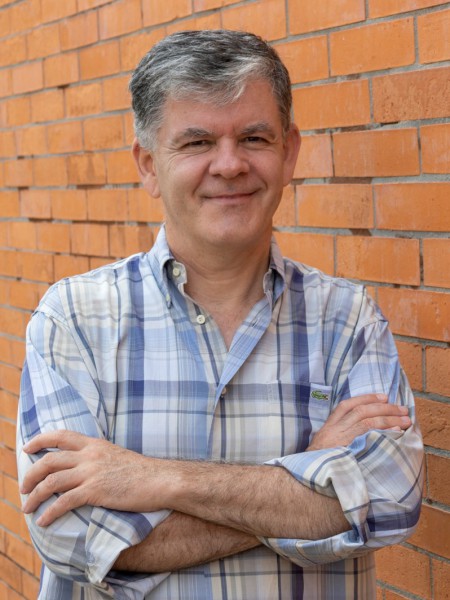abstract
In order to overcome the lack of characterization on the relative hydrophobicity of aqueous biphasic systems (ABS), the partition of three alkaloids as alternative probes was evaluated in a series of biocompatible ABS composed of cholinium-based salts or ionic liquids (ILs) and polyethylene glycol (PEG). The caffeine partitioning in ABS was first addressed to infer the effect of the phase-forming components composition. In all systems, caffeine preferentially concentrates in the lower water content PEG-rich phase. Additionally, a linear dependence between the logarithmic function of the partition coefficients and the water content ratio was found. To confirm this linear dependency, the partition coefficients of caffeine, theobromine, and theophylline were determined in other ABS formed by different cholinium-based salts/ILs. In most systems, it is shown that all alkaloids partition to the most hydrophobic phase. To support the experimental results, COSMO-RS (Conductor-like Screening Model for Real Solvents) was used to compute the screening charge distributions of the salts/IL components of ABS and alkaloids, excess enthalpy of mixing, and activity coefficients at infinite dilution. It is here demonstrated that the partition trend of alkaloids can be used to address the relative hydrophobicity of the coexisting phases in polymer-salt/IL ABS.
keywords
IONIC LIQUIDS; 2-PHASE SYSTEMS; POLYETHYLENE-GLYCOL; COSMO-RS; CHROMATOGRAPHY; BIOMOLECULES; EXTRACTION; SOLVENTS; SALTS; BOOST
subject category
Chemistry; Science & Technology - Other Topics; Engineering
authors
Pereira, JFB; Magri, A; Quental, MV; Gonzalez-Miquel, M; Freire, MG; Coutinho, JAP
our authors
Groups
G1 - Porous Materials and Nanosystems
G4 - Renewable Materials and Circular Economy
G5 - Biomimetic, Biological and Living Materials
acknowledgements
This work was developed in the scope of two projects, namely, young investigator FAPESP (ref. 2014/16424-7) financed by FAPESP (Sao Paulo Research Foundation Brazil) and project Sprint-2015 University of Manchester/FAPESP (ref. 2015/50058-0) co-financed by FAPESP and University of Manchester. This work was also developed in the scope of the project CICECO-Aveiro Institute of Materials (ref. FCT UID/CTM/50011/2013) financed by national funds through the FCT/MEC and FEDER under the PT2020 Partnership Agreement. The authors also acknowledge FCT for the doctoral grant SFRH/BD/100155/2014 of M.V. Quental.




